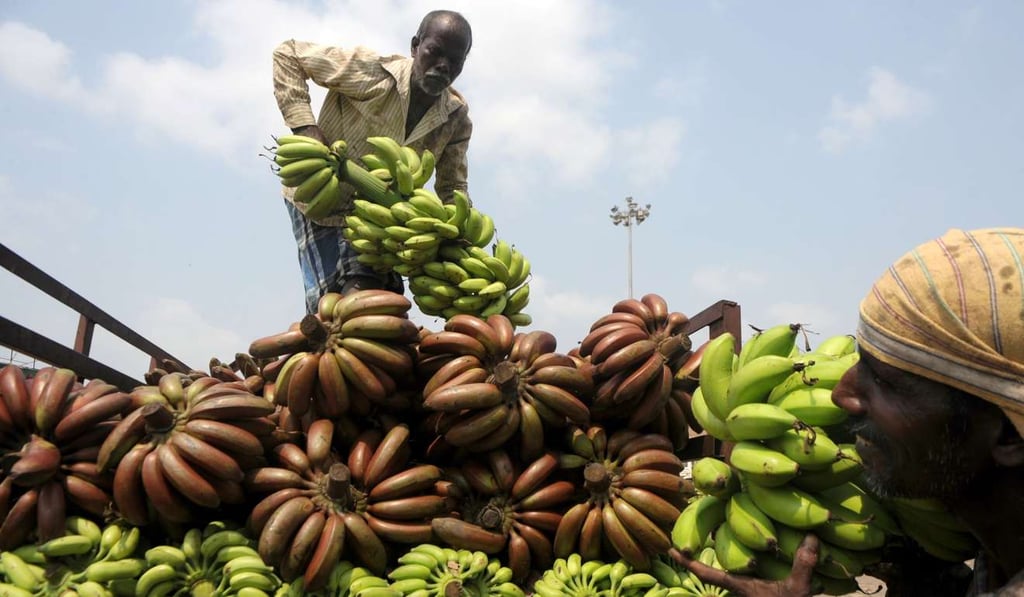Made in Asia for Asia: How the rise of its middle class is remaking the world economy
Peter Wong says Asia, with its growing middle class hungry for consumption, will lead the new world order of the 21st century, bolstered by the RCEP free trade plan and the belt and road initiative

The emergence of an East-East trade and investment corridor, boosted by the significant and largely unexpected economic and political events of 2016, is expected to fundamentally alter the present world order.
Throughout history, Asia has accounted for the largest share of the global gross domestic product: the “Great Divergence”, during which countries in the West outstripped the rest of the world economically and technologically, was an anomaly. In the 20th century, the world’s economic centre of gravity began to shift back to the East – as first Japan, then the four Asian “tigers”, and finally China, India and Southeast Asia underwent rapid industrialisation. But the health of the global economy is still dependent on the appetite of consumers in the West.
Asia, led by China, set to play a bigger role in the evolution of global trade
The present world order is underpinned by an East-West corridor: goods are made in the East and sold in the West. But with globalisation under attack, the world is evolving into big regional trading blocs. The result is less global trade but vastly increased regional trade.
If the 20th century belonged to America, then the 21st century will surely belong to Asia. In the years to come, an East-East corridor will form the spine of a new world order – goods will continue to be made in the East, but an increasingly large portion will also be sold in the East.
By 2025, Asia will become the world’s leading trade region, with much of the growth coming from intra-regional commerce. At the moment, trade within Asia is worth slightly more than inter-regional trade, but it is forecast that, by 2020, intra-Asian trade will be worth about twice as much as Asia’s trade with the rest of the world.
